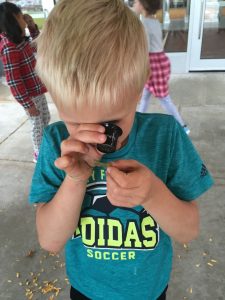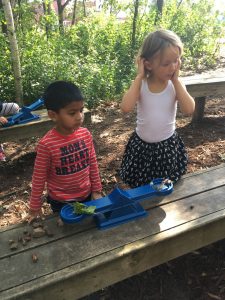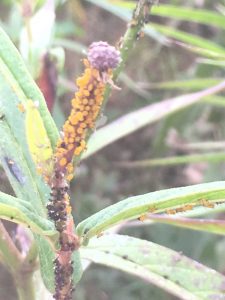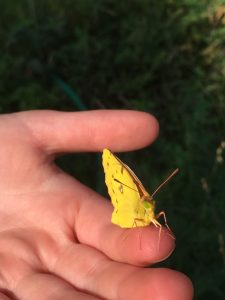Inside Out
This past week I got to visit with the kindergarten classes. I get a bit nervous before seeing this grade level for the first time, even more so than with other grades. For one, they are the only grade level that doesn’t know me yet. Since I see the rest of the grades every year, aside from students that move in, these are really my only new students during the year. This is also the grade I have the least amount of experience teaching and feel like I’m still on a steep learning curve with how to ‘speak’ kindergarten, what I can expect of them and how many is too many directions at once. All of the nerves go away though the second I step in the room. Out of all of the grades, these kids are in it for pure joy. EVERYTHING is exciting! The smallest piece of information can cause gasps and oohs and aahs, and who doesn’t love that!
The theme of the week was tools. To build off of what they have been learning with their classroom teachers, we spent the week learning about some basic tools of scientists: a loupe (a magnifier to look up close), an equal arm balance to see heavy and light and a dropper to move small amounts of water. When I’ve done these lessons before, students visited the science lab. In hindsight, these lessons were pretty regimented, strict and artificial. Students used the loupes to look at nature items I provided for them. They used the balances to compare four specific items I also provided for them. Droppers were used in a very controlled way to examine colors on filter paper. If I hadn’t given up my classroom, or gotten my fellowship, I probably would have done it the same way again.
Being outside in the previous weeks and reflection work around the fellowship brought me to the a-ha moment that we could learn how to use these tools in a more authentic situation AND visit some outdoor spaces of our school yard. So, we used the loupes to examine the leaves, wood chips, flowers and sidewalk of our front gardens. This lead to discoveries like the buildings pillars are made of tiny rocks! Nature also provided us unexpected finds like a katydid in a lily and bumble bees in the sedum.
We used the balances in the outdoor classroom to find things that were heavier, lighter or the same as an acorn. When students finished this searching, they discovered their own challenges, like finding out how many acorns it took to balance a rock, or that there were different kinds of acorns outside. Some students used sticks to draw in the dirt, look for animals or create shapes or patterns.
We used the droppers to see which surfaces made the water from the droppers make a bubble, and which ones made a puddle. Since it was a hot, steamy day we also used buckets of water and paint brushes to paint our names and witness evaporation first hand.
I was pleased with all of these lessons and feel like much learning happened for both the students and myself. The biggest take away for me was why didn’t I think of this before? Why was I previously so strict about how these tools could be used? Why didn’t I provide an authentic use for these tools in the past? I’ll try to not dwell on past mistakes too much and instead take this as an inspiration for moving forward. I’ll be looking at ALL of my lessons moving forward with the lens of How can I take this outside?
In the meanwhile, I’m going to enjoy the waves from the lines in the hallways, the hugs when entering the room and the “Hey Science Lady” shouts from the playground.





